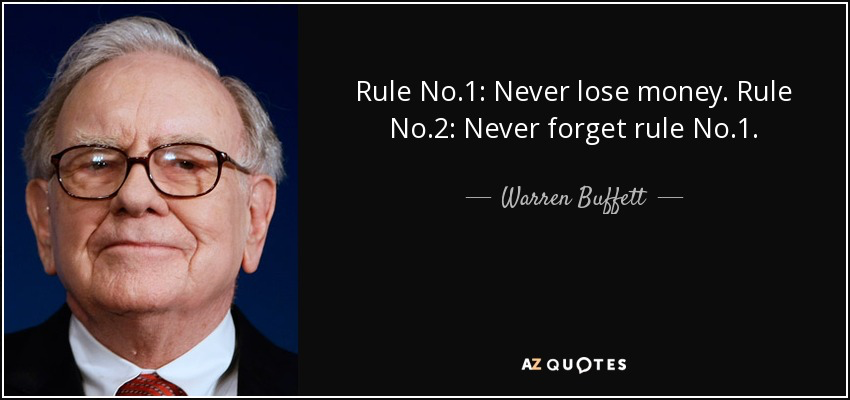Applying Buffett’s first rule of investing
Focus on companies that deliver value to customers
Justin Braitling, Chief Investment Officer, Watermark Funds
We are in a low growth environment with strong deflationary forces, the companies that will prosper in this environment are those that provide value to their customers. Australia is an expensive place to live and conduct business. Many of our leading companies are struggling because they are generating excessive profits, overcharging and not providing a lot of value for their customers. Gone are the days when incumbents could simply push prices up each year and take advantage of concentrated market positions. The high returns they are generating are attracting new competition, with challengers often employing new disruptive technologies to gain a foothold. We see this play out in grocery retailing, telecom, banking, insurance, media and energy markets. Industry concentration is replicated in the share market, with the largest ten companies accounting for half of the market by value. I see limited growth prospects for many of these companies. A key reason why we expect low returns from Australian shares in the medium term.
Two key indicators of a company’s financial health
Matt Haupt, Portfolio Manager, Wilson Asset Management
I find one of the best indicators of a company’s health is its ability to convert a majority of its accountings earnings to operating cash. Due to nature of accrual accounting and revenue recognition policies, statutory numbers can over or understate actual future profitability. It is a lot harder for a company to manipulate an operating cash number, which makes it a key number for investors to focus on. Free cash is also a very useful metric to watch as it demonstrates the company’s ability to finance growth and reinvestment within its current capital structure.
Simple strategies to avoid fatal investing mistakes
Chris Prunty, Portfolio Manager, Ausbil Investment Management
I was taught to read financial statements like the Tele; back to front. You start with the important stuff (sport) on the back page, then move to the boring stuff up front. It’s the same with financial statements. Start with the cash flow, then move to the balance sheet and only then get amongst the P&L. Most people start and finish with the P&L. I always like to see if the operating cash flow comes within Cooee of reported profit. If it doesn’t then a bit of experience should lead you to look at changes in the balance sheet to reconcile the difference. We also pay close attention to net debt levels relative to forecast earnings. While debt levels aren’t indicative of financial health or otherwise in and of themselves, gearing does change the risk-reward asymmetry if something goes wrong with the company in question. The nature of small cap investing is that you make plenty of mistakes, but if you own lowly-geared stocks then at least those mistakes are more likely to be flesh wounds and less likely fatal.
Free Cash Flow is the key indicator of company health
Simon Bonouvrie, Portfolio Manager, Cadence Capital
The single most important indicator of company health is Free Cash Flow or Free Cash Flow Yield. This figure is the amount of cash profits generated by the business after taking into account maintenance and expansionary CapEx. Alternatively, it is the amount left over from profits that are available for payment to shareholders as dividends, after taking into account the additional capital required for sustainable growth. A healthy Free Cash Flow Yield (free cash flow divided by market cap) would be a number north of 7%. Companies that consistently generate strong free cash flow and grow this figure from year to year are good companies to be invested in. This free cash flow can be reinvested back into the business or returned to shareholders.Some companies don’t generate any free cash flow and can remain like this for many years. Under this circumstance, balance sheet debt may grow, and shareholders will be called upon to inject capital into the company. This situation is only sustainable for so long before the banks and shareholders pull their support.
4 topics


